Pregnant women with lupus erythematosus have fetuses with congenital heart disease.
The pregnant woman TL, 33 years old, living in Hanoi, had suffered from lupus erythematosus for 6 years. During her pregnancy, she visited a private clinic. However, in the 22nd week of pregnancy, the doctor discovered that the baby had a heart rhythm disorder. Normally, the fetal heart rate fluctuates between 120 and 160 beats per minute, but the baby in the pregnant woman TL's womb had a very slow heart rate, fluctuating between only 50 and 60 beats per minute.
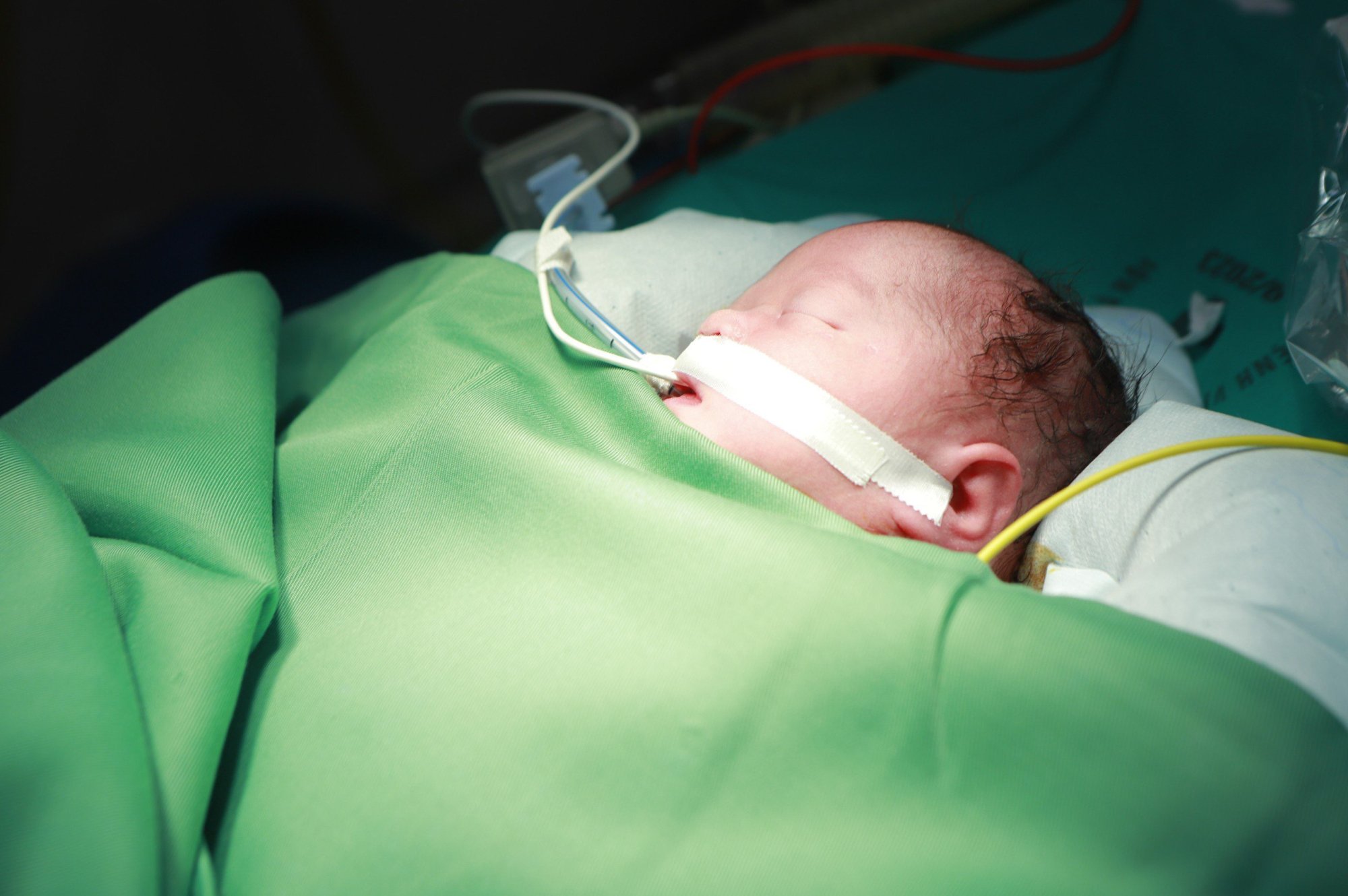
Ms. TL quickly went to Hanoi Obstetrics and Gynecology Hospital for consultation and monitoring at the Center for Prenatal and Neonatal Screening and Diagnosis. After a consultation meeting on August 14, Dr. Dinh Thuy Linh, Director of the Center for Prenatal and Neonatal Screening and Diagnosis - Hanoi Obstetrics and Gynecology Hospital, determined that the fetus had a poor prognosis, slow development in the uterus, enlarged heart, large amount of pericardial effusion, and a condition of third-degree atrioventricular block. With such a particularly serious health condition of the fetus, Ms. TL continued to be treated for lupus erythematosus and was transferred to the A4 Obstetrics Department to closely monitor the fetus's condition.
Through inter-hospital consultation, the Council considered transferring the baby to another hospital after birth. Although the distance between Hanoi Obstetrics and Gynecology Hospital and the National Children's Hospital is short, the decision to transfer the baby immediately after birth poses some serious risks. The fetus in this case is at risk of heart failure or circulatory collapse due to low heart rate and poor health due to intrauterine growth retardation during pregnancy.
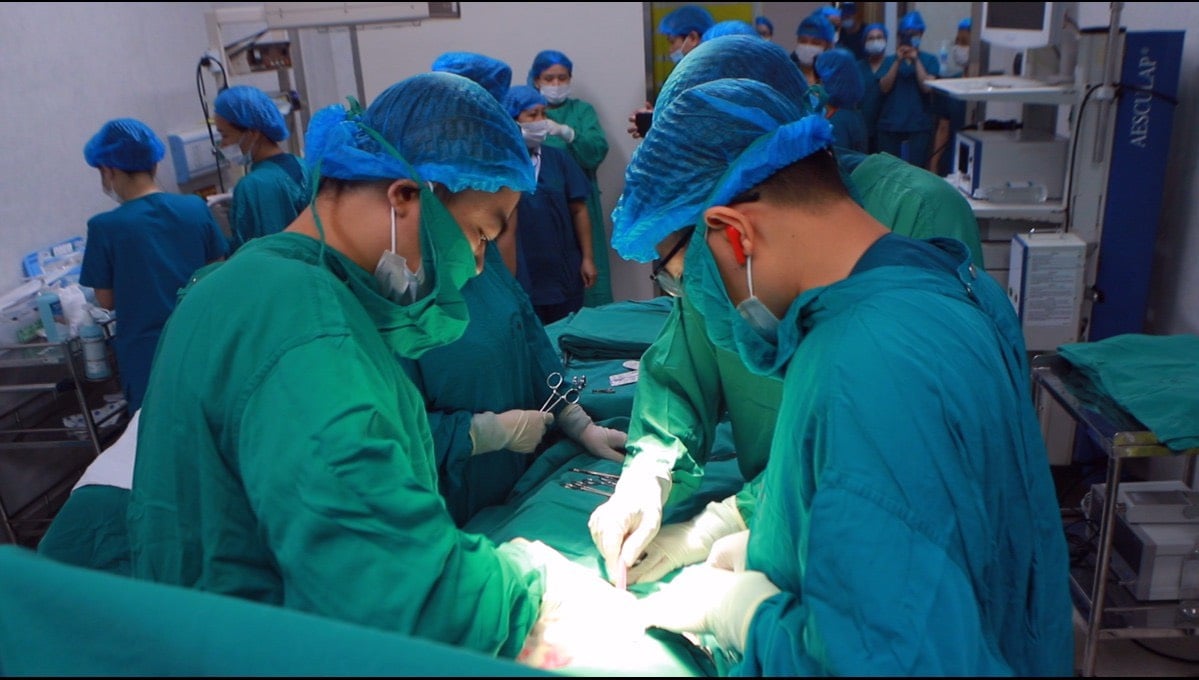
Based on the very severe third degree AV block of the fetus, it is extremely urgent to place a pacemaker immediately after the baby is born, which can return the baby's ventricular rate to normal, thereby improving the pathological condition.
The Council agreed to seek guidance from the Director of Hanoi Obstetrics and Gynecology Hospital - Prof. Dr. Nguyen Duy Anh and the Director of the National Children's Hospital - Assoc. Prof. Dr. Tran Minh Dien, to send a team of cardiologists and emergency resuscitation doctors from the National Children's Hospital, headed by Dr. Nguyen Ly Thinh Truong - Director of the Cardiovascular Center, National Children's Hospital to coordinate with prenatal diagnosis, obstetrics, anesthesia, resuscitation, neonatology, and hematology doctors from Hanoi Obstetrics and Gynecology Hospital to coordinate the surgery to insert a pacemaker for the baby immediately after birth at Hanoi Obstetrics and Gynecology Hospital.
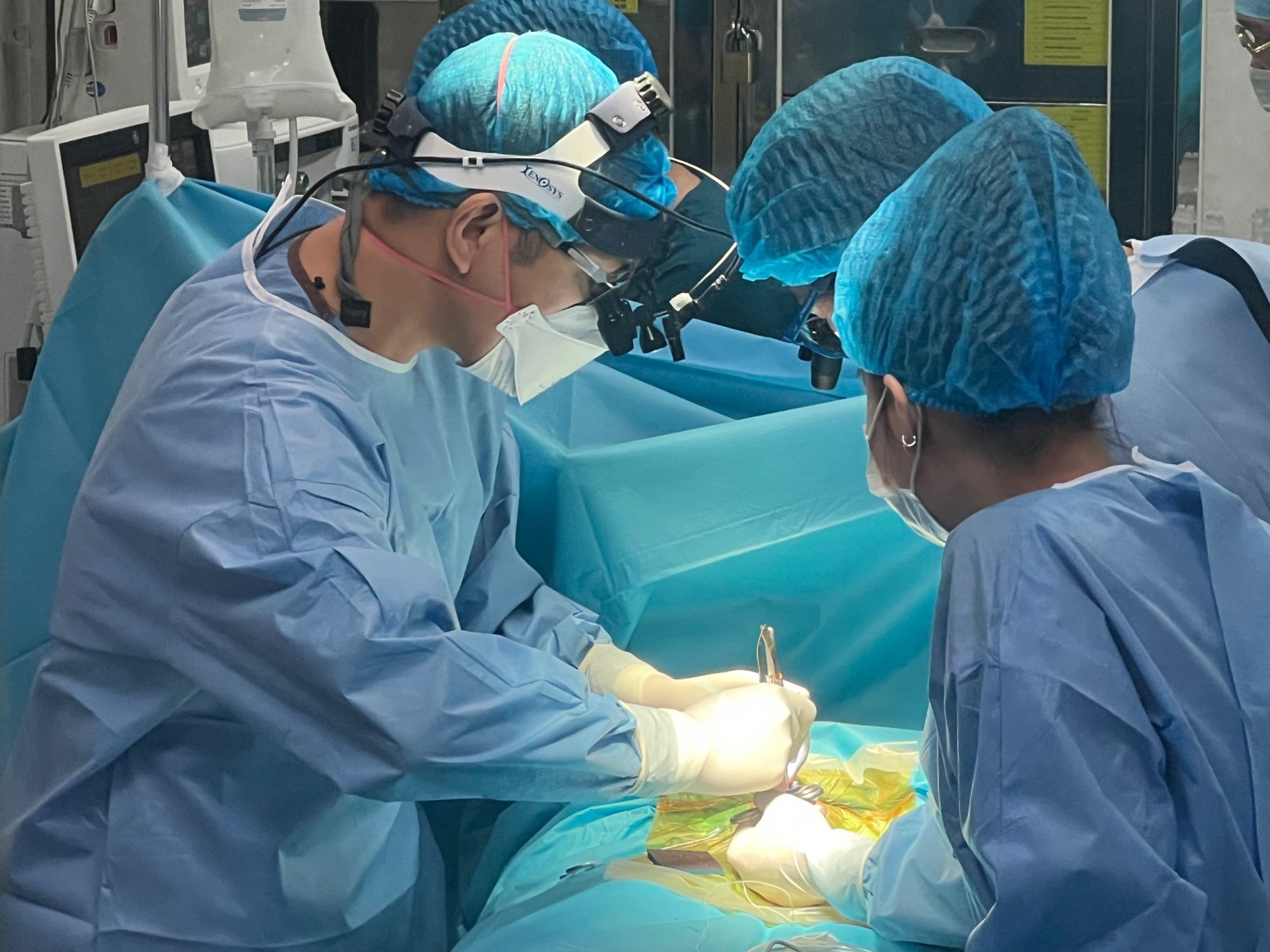
Two consecutive surgeries to save newborn baby.
Initially, the plan was to maintain the fetus in the mother's womb until the 37th week to ensure the baby's maturity before performing surgery. However, at the 35th week, the fetal heart condition changed rapidly. Through ultrasound, the doctor discovered that the fetus had decreased heart function, a large amount of pericardial effusion, and signs of cardiac tamponade in the right heart chamber. In particular, the Doppler ultrasound results showed that the fetus's condition was getting worse. The slow development of the fetus in the womb had become more serious.
Pacemaker implantation in the maternity ward saves the life of a newborn with congenital heart disease
After the consultation meeting, Prof. Nguyen Duy Anh decided to perform an early cesarean section to ensure the safety of the fetus. At 3:00 p.m. on October 9, preparations in the operating room were extremely urgent, all factors regarding surgical conditions and strict regulations on sterilization had to be ensured to perform a pediatric heart surgery right at Hanoi Obstetrics and Gynecology Hospital.
Dr. Tran The Quang and Master Nong Thi Thuy Hoa, together with medical staff from the Department of Voluntary Anesthesia and Resuscitation, Center for Screening, Prenatal and Neonatal Diagnosis - Hanoi Obstetrics and Gynecology Hospital, cooperated with the team of doctors at the National Children's Hospital to make detailed plans and prepare necessary equipment and machinery.
The preparation team worked tirelessly, at 7am on October 10, two important surgeries took place consecutively. Under the direction of Professor, Doctor Nguyen Duy Anh - Director of Hanoi Obstetrics and Gynecology Hospital, Master, Specialist II Doctor Pham Thi Thu Phuong and doctors from the Department of Neonatology prepared all medical equipment, medicines, and placed them in the operating room ready for neonatal resuscitation.
Master, Specialist II Doctor Nguyen Thi Thuy and a team of medical staff from the Department of Hematology and Blood Transfusion prepared blood and blood products to ensure readiness for the baby's surgery.
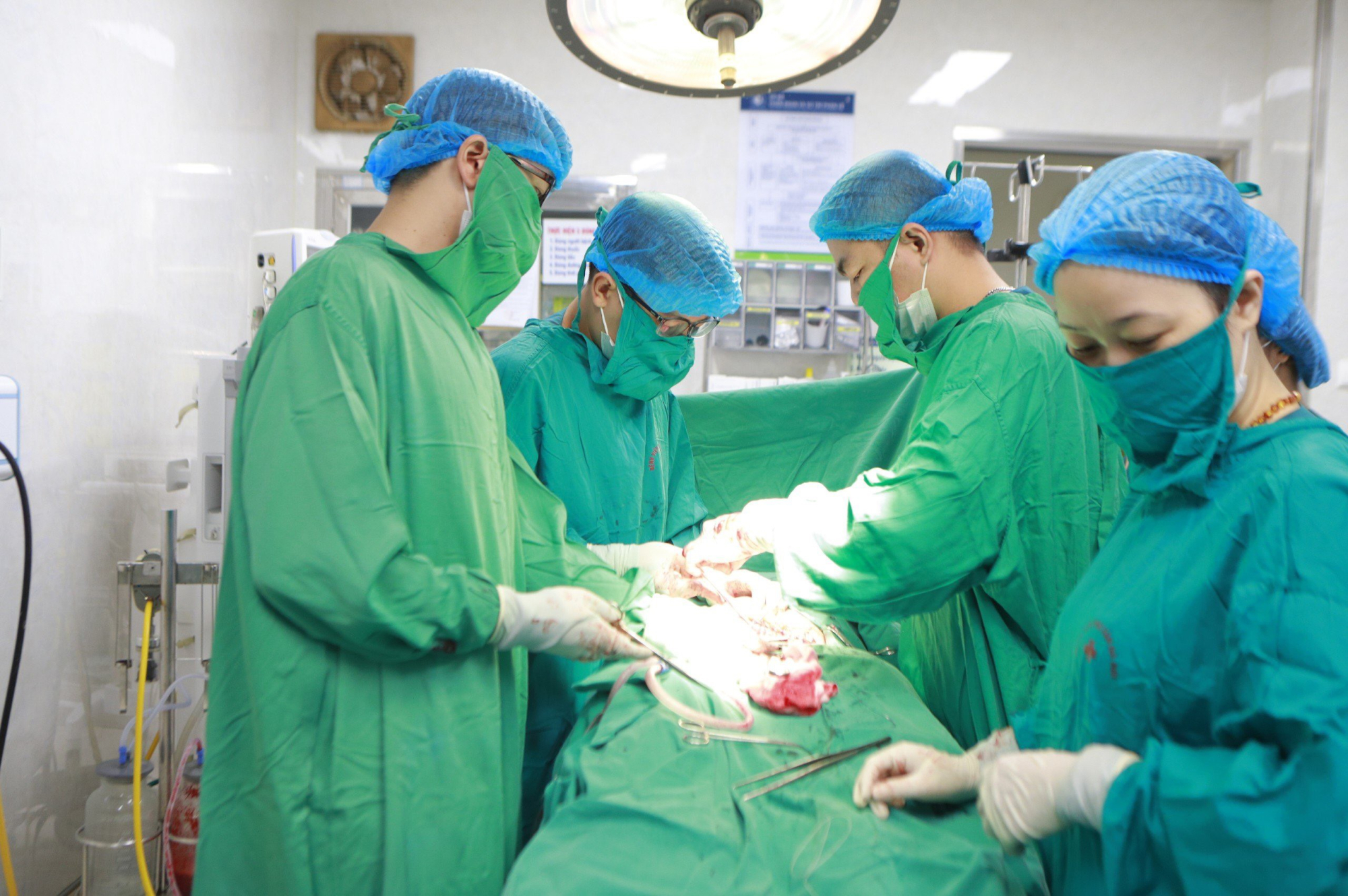
At 8:20 a.m. on October 10, Dr. Do Tuan Dat, Head of the Department of Obstetrics and Gynecology A4, along with the surgical team, performed a cesarean section. The baby weighing 2,150 grams cried out at birth.
Right after birth, the baby's heart rate was very weak, only about 50 beats/minute, sometimes even down to 35 beats/minute. This situation posed a big challenge, if transferred to another hospital, the baby could be in critical condition during the transfer.
The medical team quickly took the baby to the operating room, intubated him, performed tests and an echocardiogram, assessed his heart rate and condition. The condition was completely under control by the doctors.
The surgical team of the National Children's Hospital, with the participation of Dr. Nguyen Ly Thinh Truong - Director of the Cardiovascular Center, Dr. and Dr. Nguyen Thanh Hai - Head of the Arrhythmia Unit, Master and Dr. Nguyen Dinh Chien - Deputy Head of the Department of Anesthesia and Resuscitation, Master and Dr. Tran Quang Vinh - Surgeon of the Department of Cardiovascular Surgery and Master Vu Thanh Ha - Head Nurse of the Department of Anesthesia and Resuscitation, performed the surgery directly on the baby.
After the pacemaker was successfully implanted, the ventricular rate increased to 120 beats/minute, and the baby was transferred to the National Children's Hospital for further monitoring and treatment.
After 14 days, the baby's heart rate stabilized with the help of a pacemaker. She was reconnected with her mother and is in stable health to continue treatment.
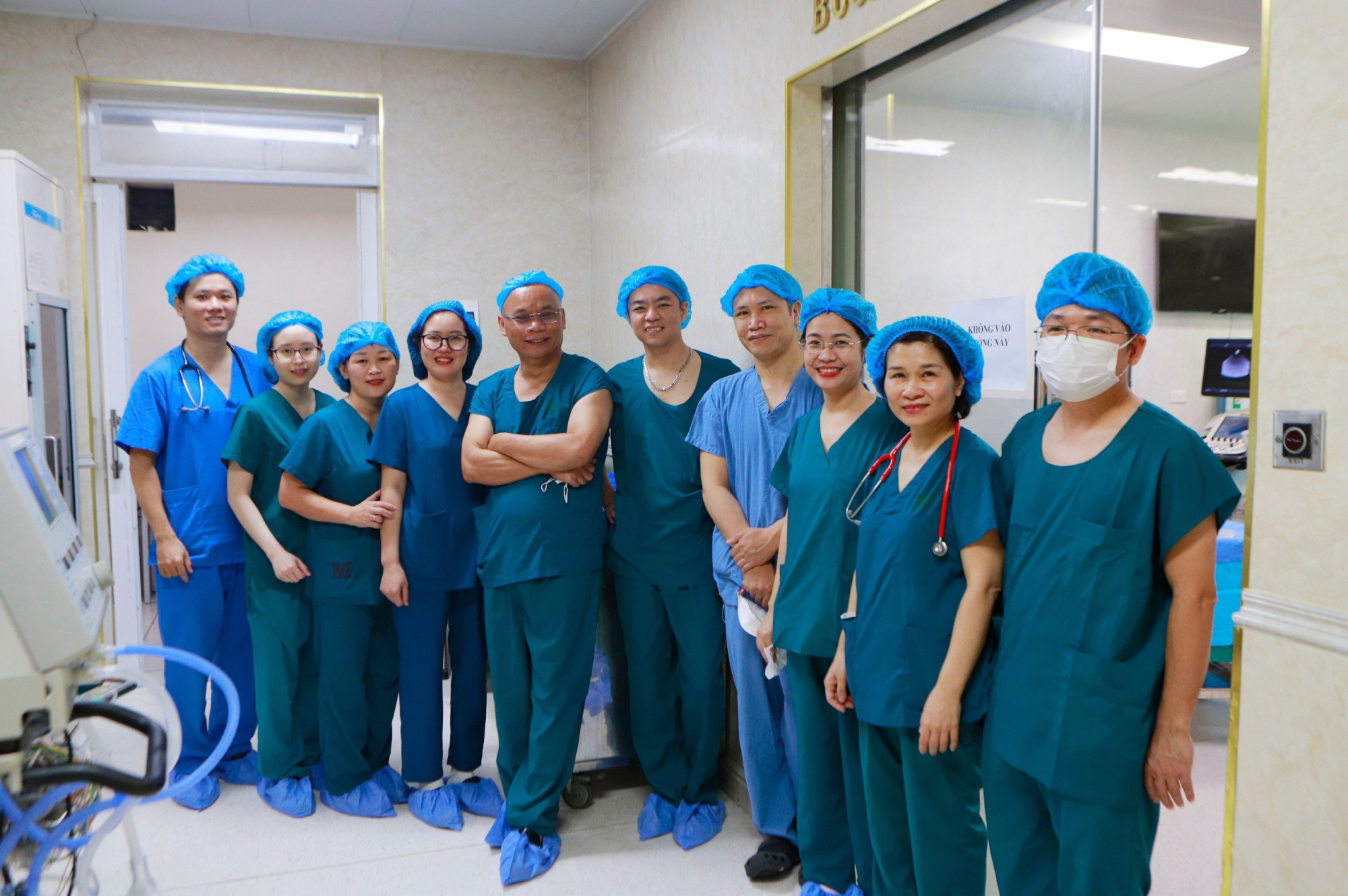
Doctors operate on the baby.
Professor, Dr. Nguyen Duy Anh, Director of Hanoi Obstetrics and Gynecology Hospital, shared that thanks to developments in the medical field and the process of closely monitoring pregnancy, abnormal pregnancies can be detected and intervened in time to create a good and healthy life opportunity for the newborn. For cases of fetuses with severe congenital heart disease, intervention immediately after birth can be a golden opportunity to save the child's life.
PV
Source








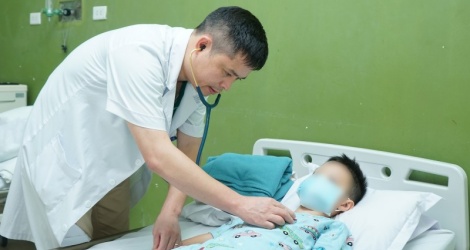

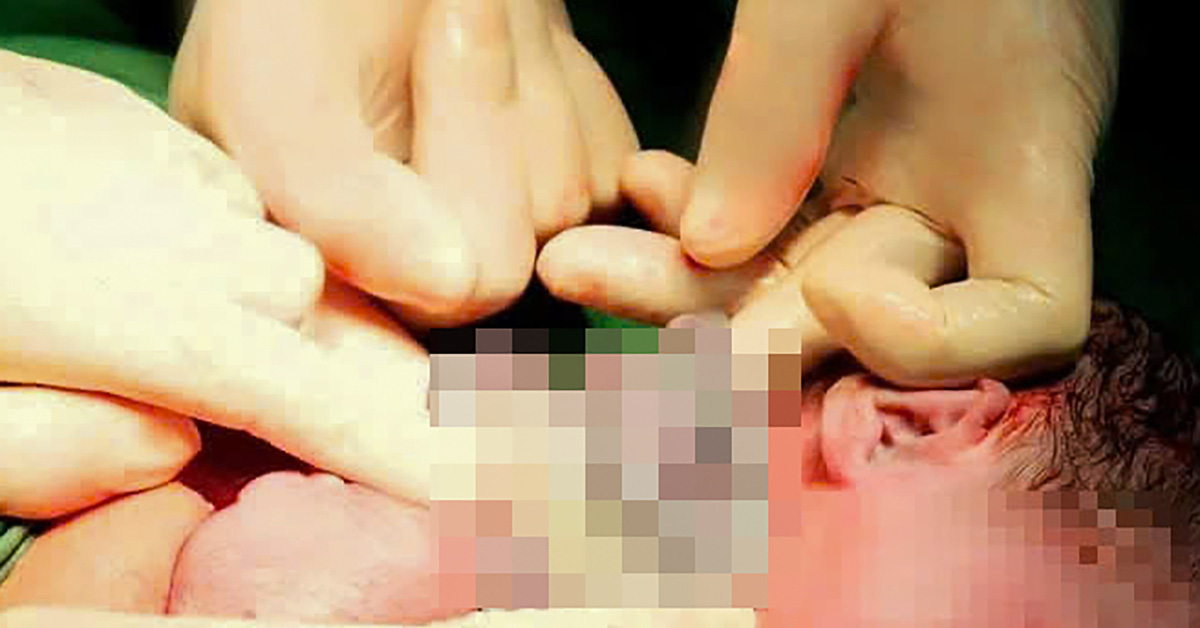

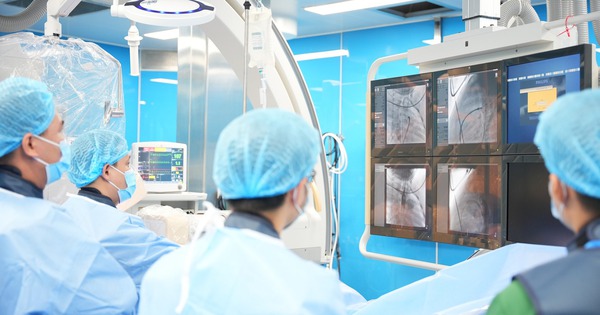

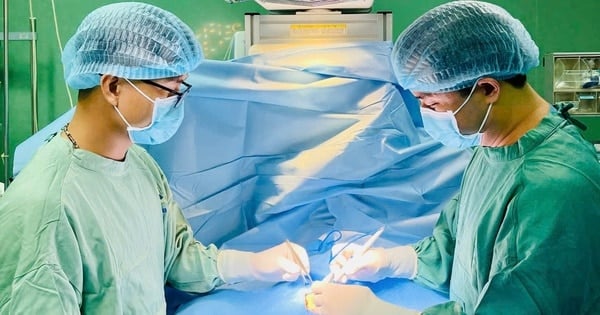

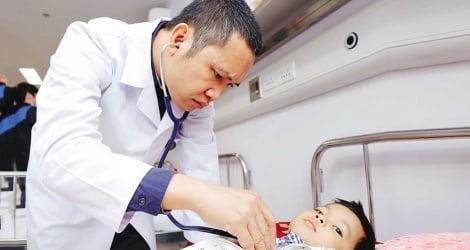
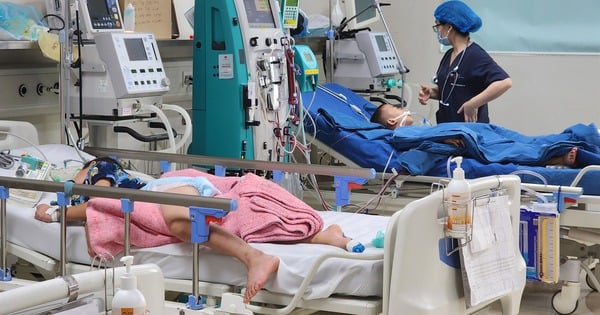




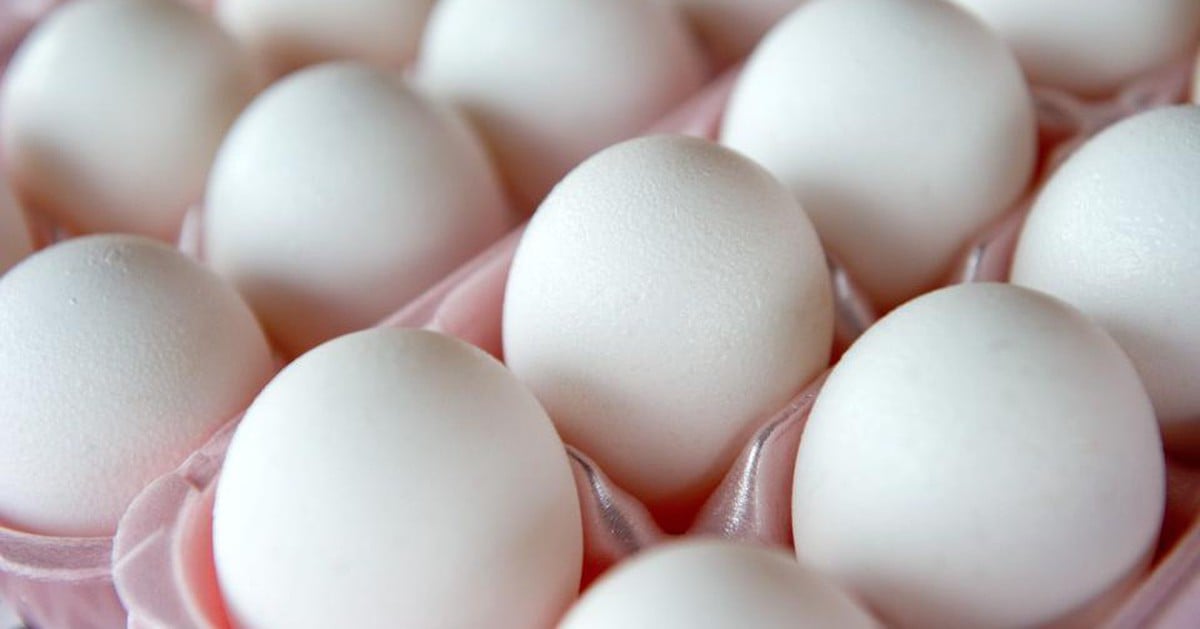
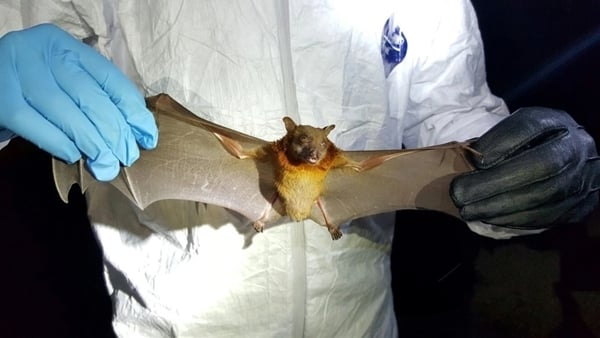

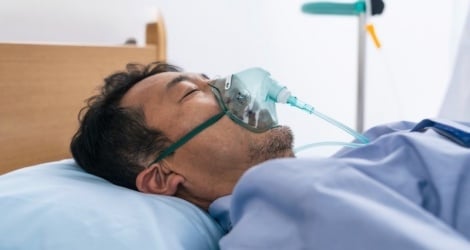


















Comment (0)